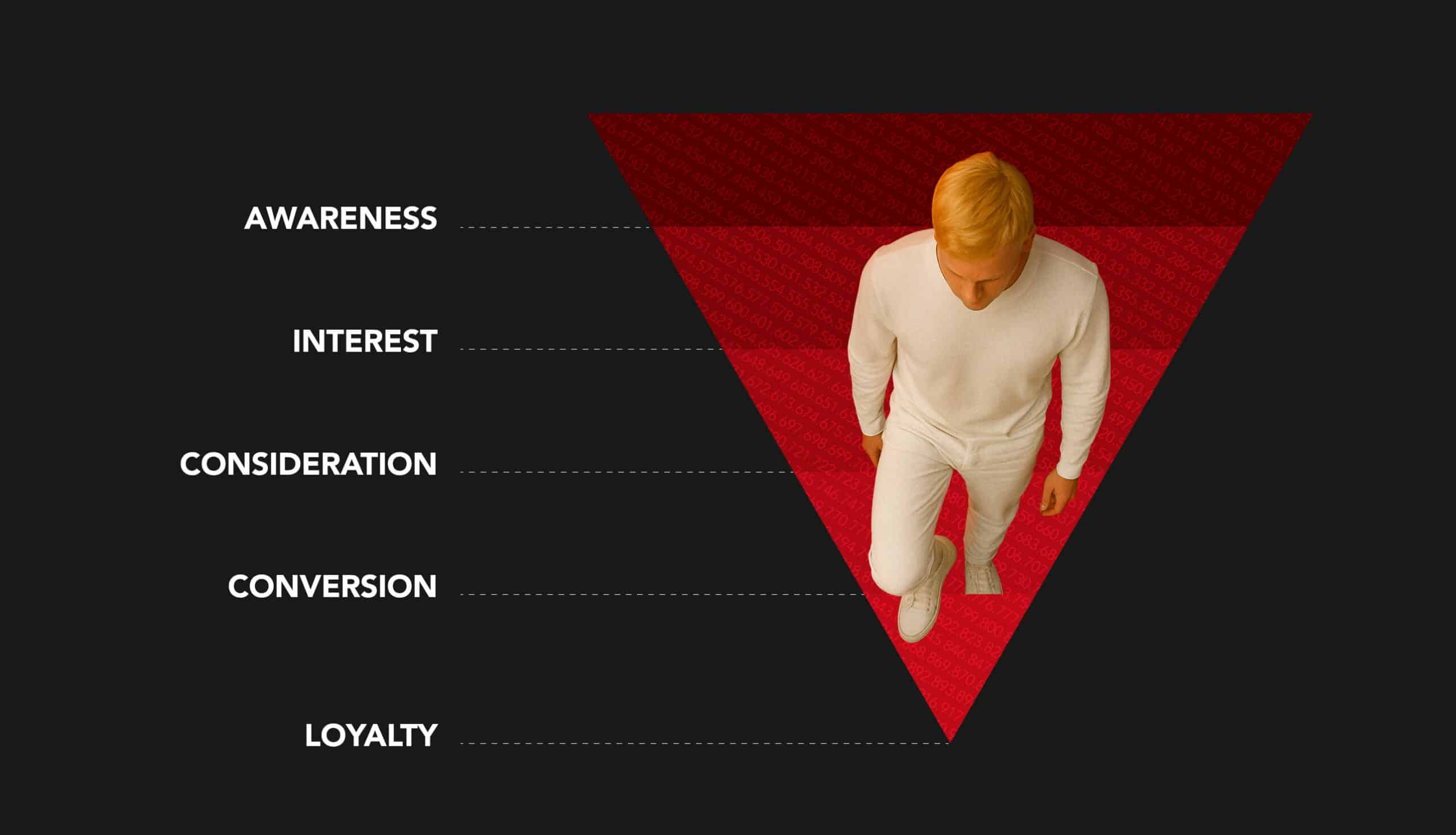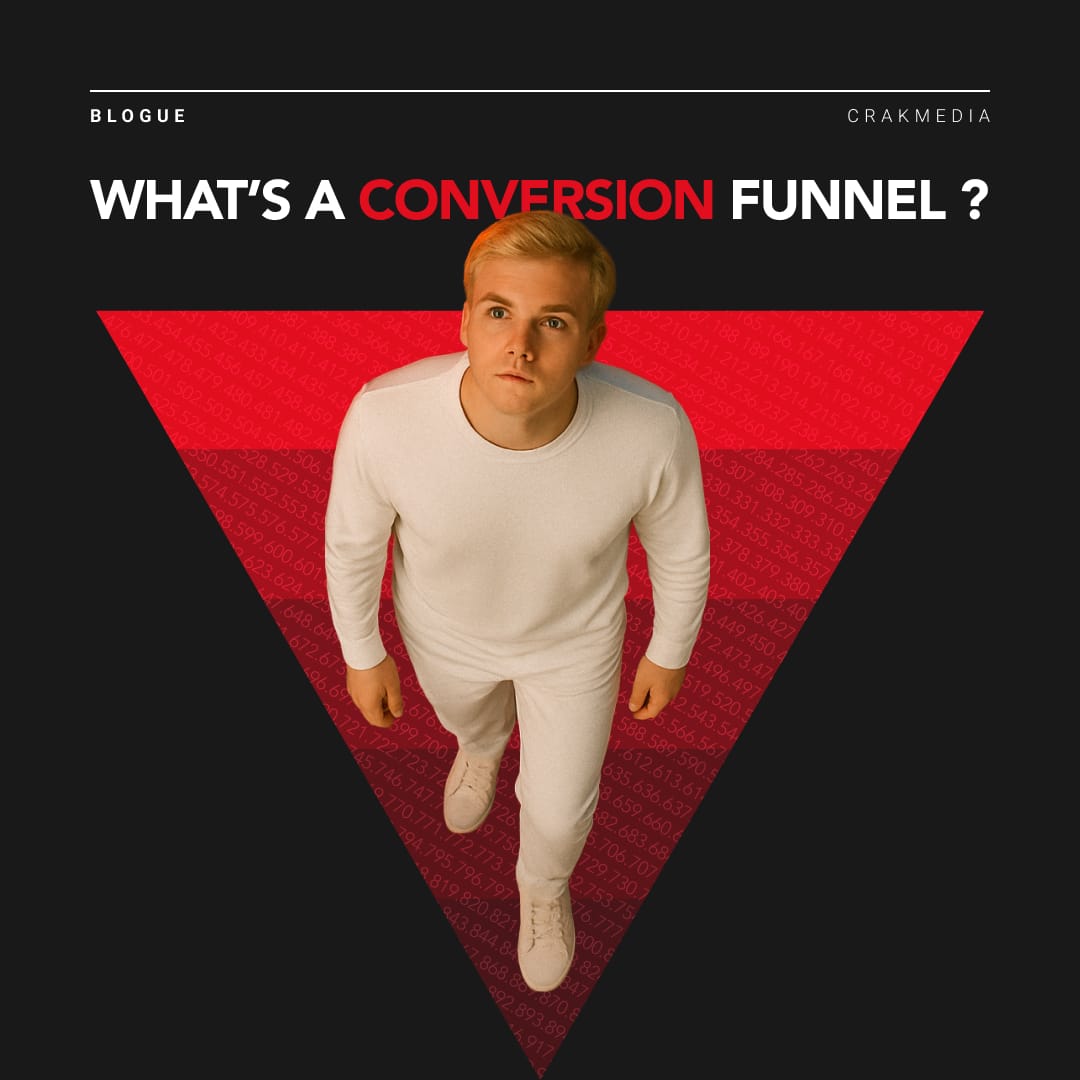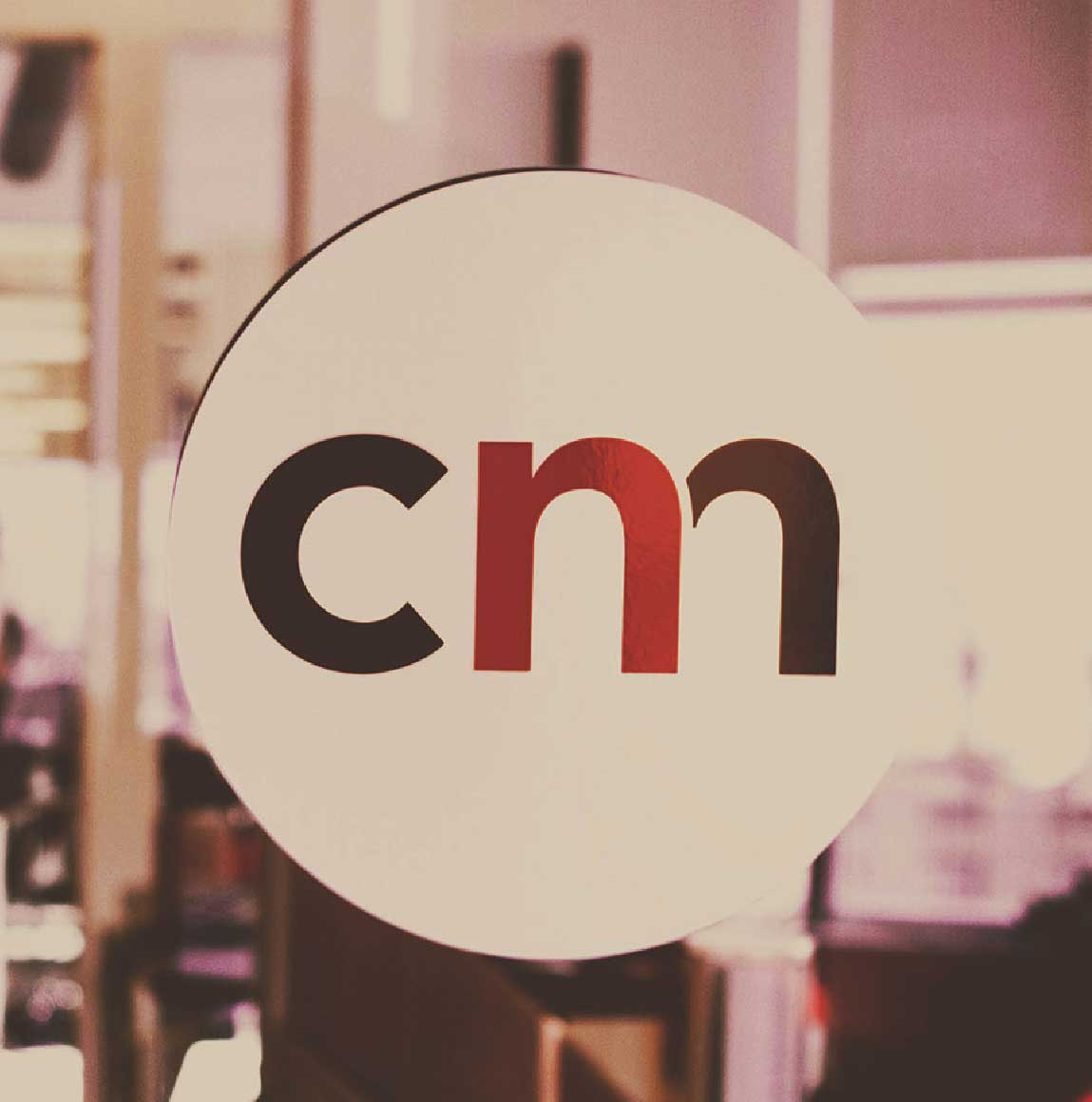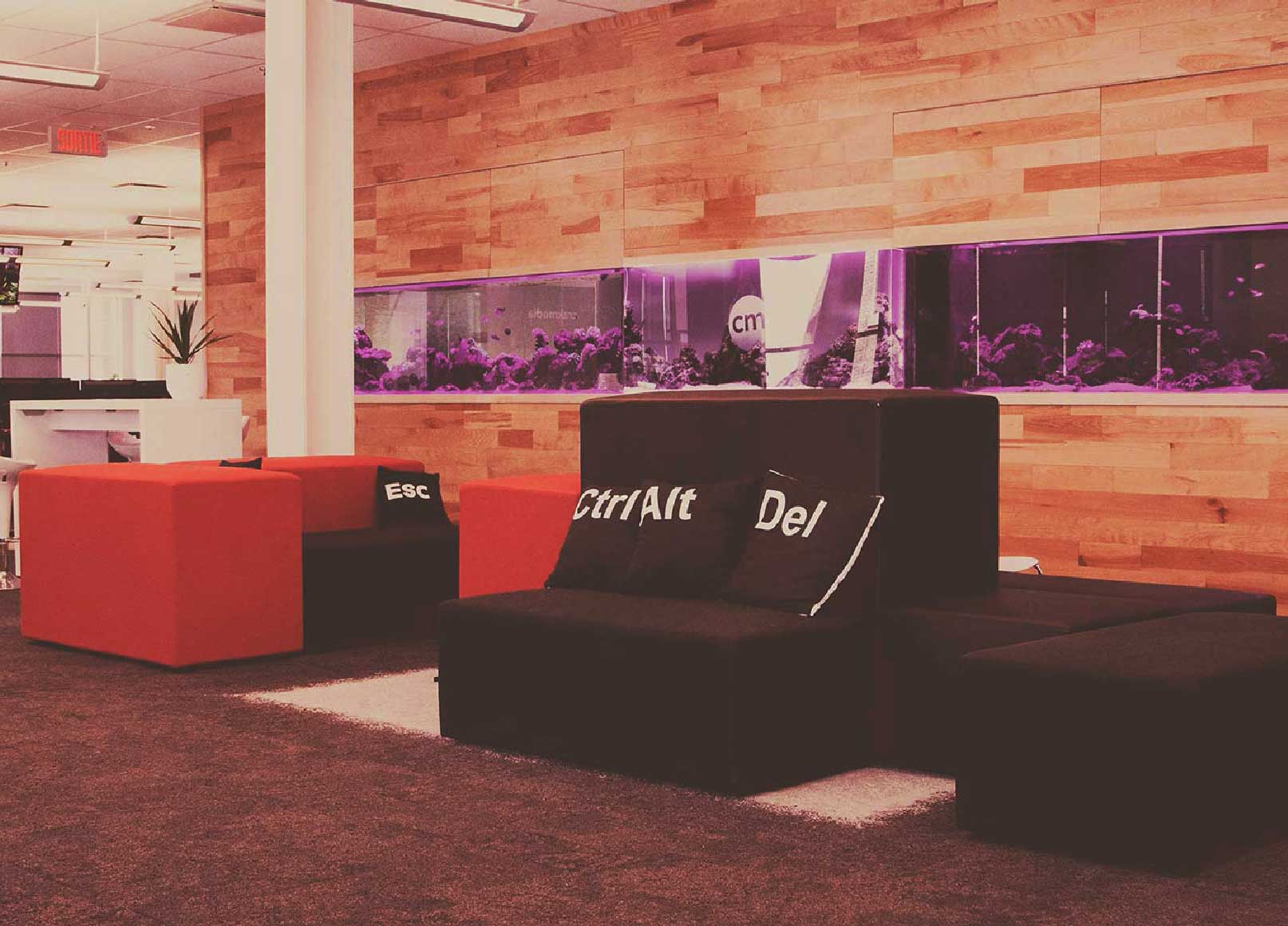The Conversion Funnel: Key to Digital Performance Marketing
In the fast-paced world of digital performance marketing, the ability to turn a visitor into a customer is an art as strategic as it is scientific.
One of the fundamental concepts to achieve this is the conversion funnel. This conceptual tool helps marketers structure their actions, optimize each touchpoint and maximize the return on investment (ROI) that makes or breaks a campaign. The goal? Get the biggest income for the smallest investment.
But what exactly is the conversion funnel and how can it be leveraged to drive more conversions?
Understanding the Conversion Funnel
The conversion funnel (or sales funnel) refers to the user journey that a person takes before completing a desired action, such as a purchase, subscription, registration, or download. It consists of several stages representing the user’s state of maturity in relation to a decision and ranging from the greatest reach to more precise targeting.
The stages of the funnel vary greatly depending on the source. Some will include only three steps, others will include up to 6 steps, and the names of each one vary. The following is one of the possible illustrations of the conversion funnel, but you have to adapt it according to your business context.

-
- Awareness: The user learns about a brand, product, or service through far-reaching advertising content.
- Interest: The user begins to take an interest in the brand and actively learns about it in order to learn more.
- Consideration: The information collected by the user has increased their interest significantly and they evaluate the brand against your competitors to determine if you are the right choice. The product is pretty much in their cart, a click away.
- Conversion: The user becomes a consumer (AKA converts) and performs the desired action. In the field of performance marketing, this is the time when the agency receives a commission based on the type of traffic, the type of conversion and the value of each new client.
- Loyalty: A portion of converted users become repeat customers returning to the brand more than once after their initial conversion. Some may even become a net promoter and play a role in converting other customers.
This model is simplified, but it allows you to structure your marketing strategies according to the intentions of users at each stage of the journey. The chosen shape of a funnel reproduces the reach of each stage, with the first having maximum reach and each subsequent stage trying to keep as many users engaged as possible, but there will always be a significant proportion of people who don’t move on to the next stage. Of all the users reached by an ad… between 0.5% and 6% will go on to conversion, depending on ad type and platform. And an even smaller percentage will be considered loyal. That’s why it’s so important to target the right audience, so as to minimize losses at each stage and maximize the number of users reaching the conversion stage.
The funnel in a performance digital marketing context
Performance marketing is distinct from traditional marketing by its focus on measurable results. Each action aims at a specific performance: clicks, leads, conversions, etc. The conversion funnel therefore takes on an even more strategic dimension.
At each stage, key indicators (KPIs) are identified and analyzed: click-through rate (CTR), cost per acquisition (CPA), conversion rate, average cart value, etc. With advanced analytics and A/B testing, specialists can optimize the efficiency of each level of the funnel.
- At the top of the funnel (TOFU), reach is maximized with display campaigns, SEO, or viral content. This corresponds to the 1st stage of awareness.
- In the middle (MOFU), we offer informative content, reviews (organic or paid), comparisons, or retargeting. This stage corresponds to the stages of interest and consideration.
- At the bottom (BOFU), we encourage the act of buying with exclusive offers, customer testimonials, or personalized demonstrations; these are the conversion and loyalty stages.
In performance digital marketing, the top and middle of the conversion funnel usually don’t bring in any revenue and the performance marketing agency starts earning revenue only at the bottom of the funnel, after the user has converted into a consumer.
It’s kind of the opposite of a traditional marketing agency that will be paid upfront to develop a campaign and a complete marketing strategy, without regard to the actual results. It receives a significant, but fixed, amount for the entire campaign.
The performance marketing agency takes on the risk itself by developing the strategy upfront and receives payments based on its success. It receives a variable amount, potentially unlimited as long as the campaign is running and meeting its objectives… and the amount can become negative if the campaign requires more resources than it generates revenue!
Tools to build and optimize a funnel
1. Analytics
Google Analytics, Facebook Pixel and other commercial or in-house developed tracking tools make it possible to accurately track user behavior. This helps to detect friction points and test hypotheses. At Crakmedia, our team of data scientists is here to scrutinize the phenomenal amount of data generated by our web traffic and highlight trends.
2. Marketing automation
Automation platforms allow audiences to be segmented and campaigns to be personalized according to their position in the funnel. The purpose of this automation is to minimize the investments in resources, both financial and human, required for the top and middle of the funnel, as these steps represent net expenses for the performance marketing company.
3. Targeted content
Content is essential at every stage. Informative blogs, explanatory videos, white papers, testimonials or demonstrations all have a role to play in supporting the prospect. These are the resources that we need to make available and easily accessible to users in order to convince them to take action.
4. Conversion Rate Optimization (CRO)
Testing different landing page variations, forms, calls to action (CTAs), or promotional offers can increase conversion rates. Once a user is convinced to take action, you need to make the process as easy as possible and make sure to keep their attention so that they don’t lose them during the conversion and leave in the middle of it.
Creating a high-performance conversion funnel: best practices
🎯 Set clear goals
It is crucial to know what you want the user to do. Is it to fill out a form? Subscribe to a newsletter? To finalize a purchase? Each objective requires a different user journey, perfectly adapted to the purpose of the latter. We won’t use the same resources to generate a subscription to a newsletter (which generally brings in little or no revenue) as we do to encourage a purchase.
🧠 Understanding your audience
Personalization is key. Use behavioral and demographic data to segment your users and deliver relevant content. The more the user feels that the content has been tailor-made for them, the more likely they will be to take action.
📈 Measure and iterate
The first version of a funnel is never perfect. We need to test, adjust, remove inefficient elements and amplify those that work. The agile method with its iterative structure and A/B testing are essential in this phase.

The evolution of the concept: nonlinear funnels
Consumer behavior has changed since the early days of performance marketing. They are a little less predictable and adopt paths that are not always as linear as before.
Given the multiplicity of platforms, a user can, for example, convert directly on the recommendation of a friend or family member and revisit the other steps after conversion to confirm whether he or she wants to remain a customer.
Users can discover a brand on TikTok, visit the site via Google a few days later, and convert after seeing a retargeting ad on Instagram. That’s why multi-touch attribution and automation have become so important.
The Flipped Funnel: From Retention to Conversion
Another interesting concept is the inverted funnel. Here, we start with existing customers, who are often the most inclined to buy again. We hire them to become ambassadors and generate new customers thanks to their recommendations. This approach is especially relevant in loyalty programs and referral marketing campaigns.
A tool not to be underestimated
The conversion funnel remains one of the most useful tools for structuring a successful digital marketing strategy. Knowing how to attract, engage, convert, and retain a user is at the heart of success in this field.
And most importantly, remember that every view, every click is an opportunity. It’s up to you to turn these into income!
Articles to learn more about the topic
- What is a conversion funnel? The complete guide
- How Conversion Funnels Create a Better Customer Journey
- What is a marketing funnel? How they work, stages, and examples
Related articles
- Influencer marketing in 6 figures
- Artificial intelligence as a marketing tool
- What is agile project management in digital marketing?
This article is a rewriting of a previous article published on July 25, 2022.

Share






